While most athletic teams compete in areas easily accessible to the student and parent population, the same does not apply to rowing. Rowers have the earliest afternoon practice every day because they have to ride a twenty-minute bus trip to the Caspersen Rowing Center. This requires them to arrive in front of Annenberg Hall as early as 3:15 p.m. Rowers endure frustrating and painful yet rewarding practices, making their way up and down the lake in often windy and frigid conditions. Every stroke demands precision and focus. Rowers must remind themselves to sequence their bodies correctly, tighten their core, manipulate their oars simultaneously, and move not as four individuals but as one cohesive body. Since rowers face backward as they move, the coxswain, the person lying at the front of the boat, plays a crucial yet often underappreciated role in ensuring the boat stays on course. They also direct rowers to adjust their speed or change the drills they are performing.
On October 13, the boys and girls rowing teams competed together in their first race of the fall season, the Navy Day Regatta in Philadelphia. However, their preparations began a day before. To transport these large boats, rowers must remove the riggers from the boats and clean them before collaboratively setting them on trailers to be transported to the Schuylkill River.
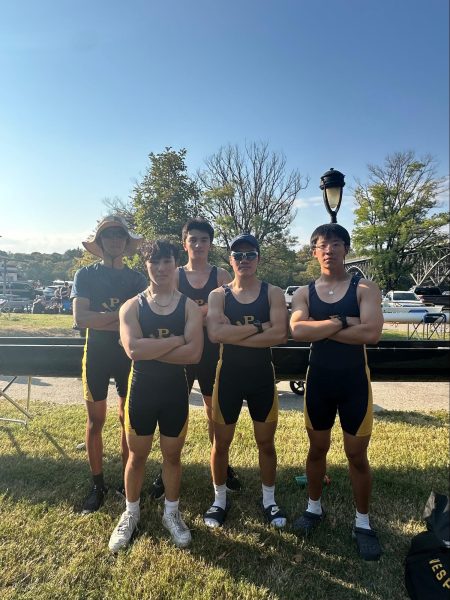
Many past rowers attended Coach Roman Horoeszweski’s memorial service that same day. “Coach H” was the boys’ novice coach for many years, setting the foundation for the team’s triumph before taking over varsity last year after Coach Muratugh’s retirement. Coach H was more than a coach for many of us: Never once did he raise his voice in anger, and he always strove to improve our team not just as rowers but as people. He would address us as “gentlemen” because he truly believed that rowing was a special sport. I remember in my freshman year, the first 2000m erg test I ever did, Coach told us that it would be one of the hardest and most challenging things we would ever do in our lives. Ever since, rowing has been a form of pride to me. Through shared sweat and struggle, I experienced a unique sense of camaraderie and culture that I’ve only ever found in rowing. It is a mixture of goofy jokes, fun banter, competitive spirit, and shared understanding of injury and challenge that defines Peddie Rowing. And it is extraordinary that the team is mostly comprised of people who have never touched the handle of an oar, whose hands were still tender and soft, not yet torn and hardened.
As we approached the dock ready to compete that day, we held our heads high with Coach H’s memory in our hearts. It was a fundamental driving force to our success. As is constant with Peddie rowing, we have always outperformed the expectations set for us by others. Our teams are not composed of 7-foot giants (of course, with a few exceptions like Aryan Reddy ’25) but 5’8 middleweight individuals — smaller competition with a reduced length in their stroke. Yet, with a culture of grit developed by all of our past coaches and from ourselves, we exceeded what we thought possible. The men’s 1V placed 9th of 39 boats in this 4km race. With a 56-second difference, the 2V came in 20th and the 3V followed 9s after at 22nd. In respect to our actual competition, however, the results reveal themselves to be more triumphant. The 1V further encroached upon the Lawrenceville A boat, improving the standards set last year by a significant amount. They outcompeted the Hun A boat by almost a minute, with the 2V only losing by 1 second. The 1V attributes its success to Andrew Yang ’25. Yang, a senior, had only partially recovered from a back injury before contributing an imperative amount of power.
The girls had performed equally well. They placed third, fifth, and seventh in the Highschool/Jr. Coxed Quad event, which includes both highschool and scholastic teams.
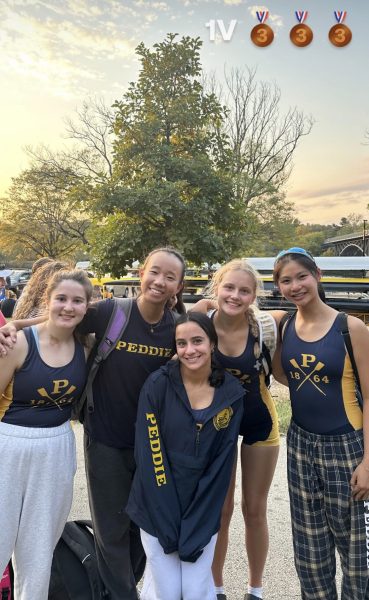
Unfortunately, the team only had a few parents who witnessed these increments in speed. Unlike the popular sports of football, baseball, or basketball, the rowers celebrated by themselves. This condition, in and of itself, has most probably evinced itself in a special sort of friendship.


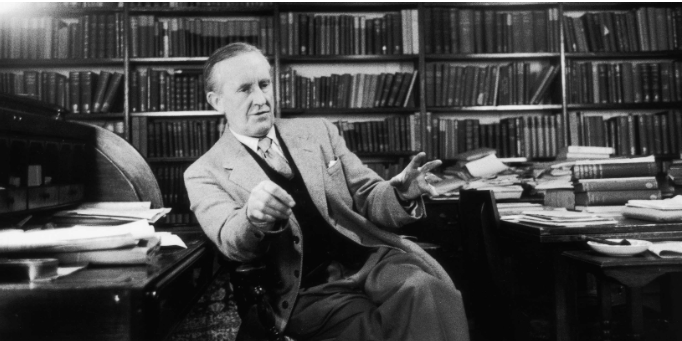

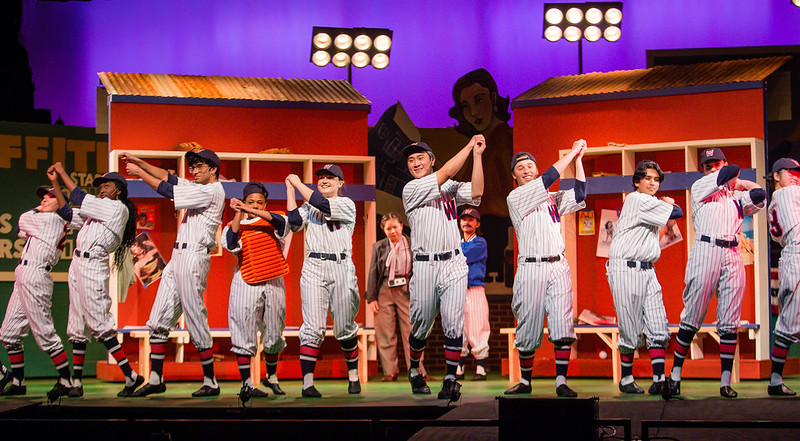



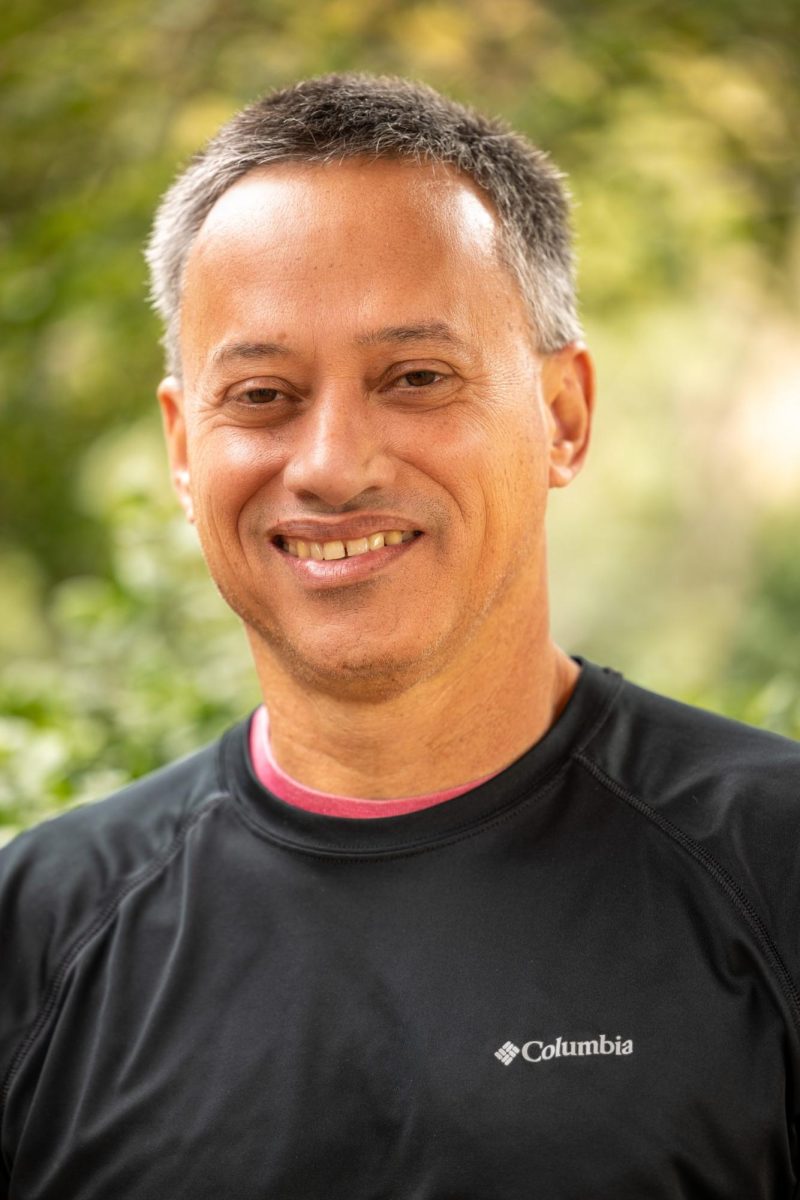



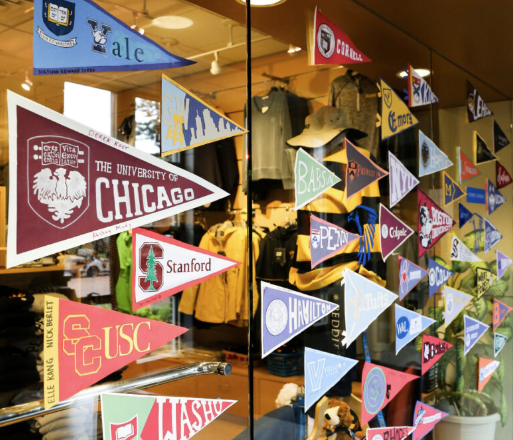
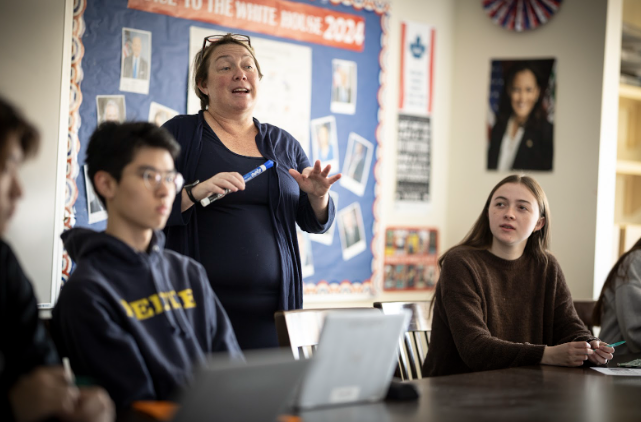
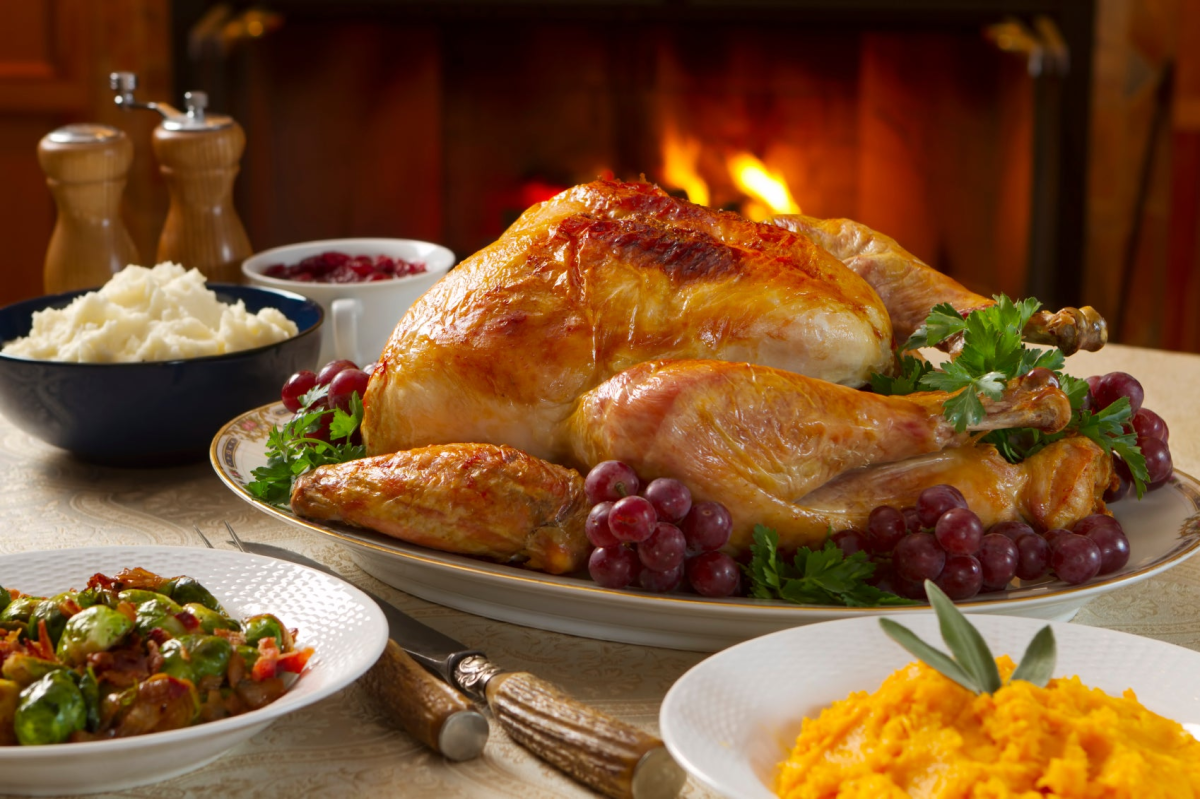



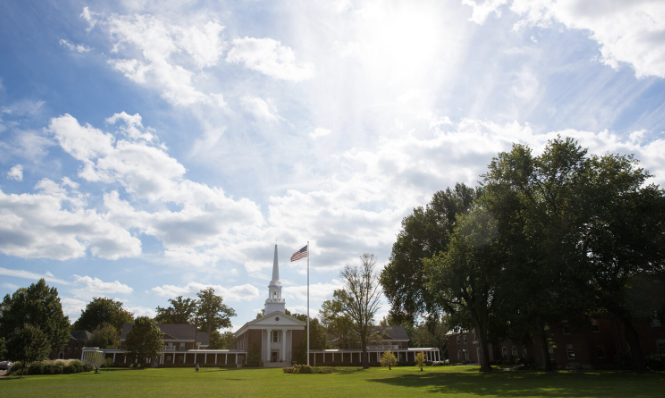

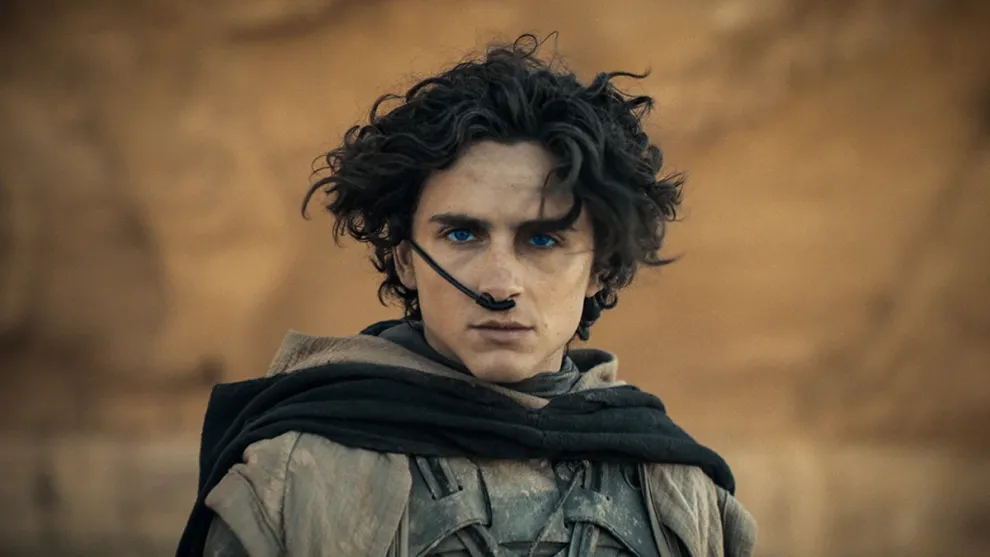



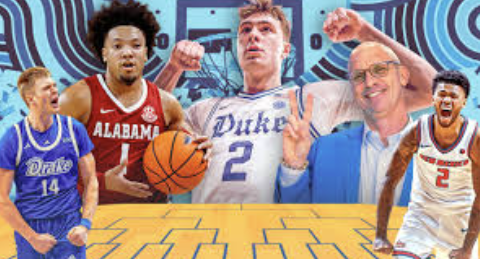
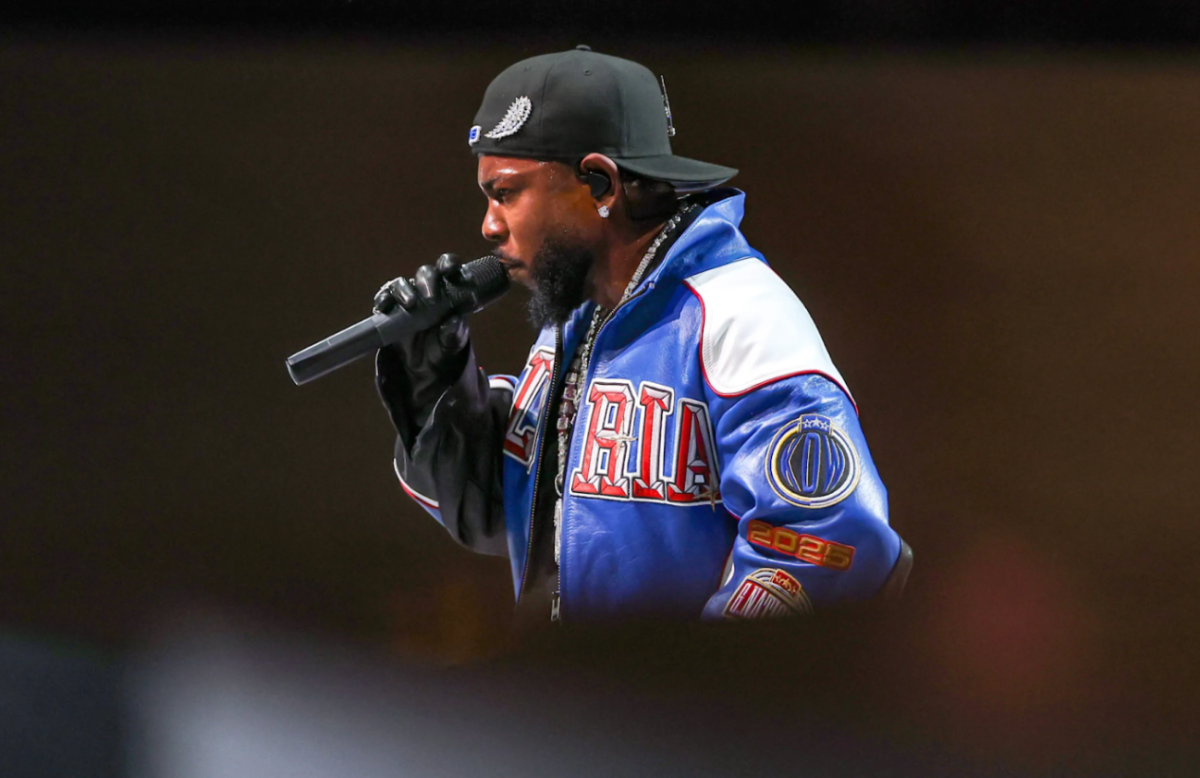


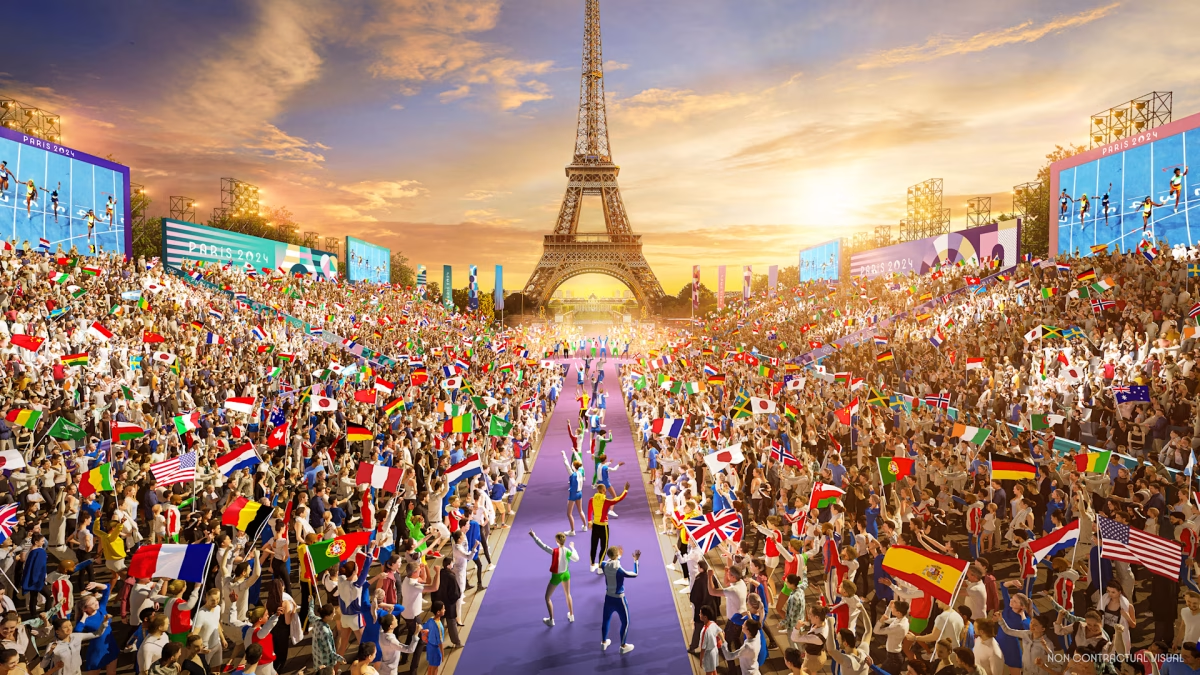


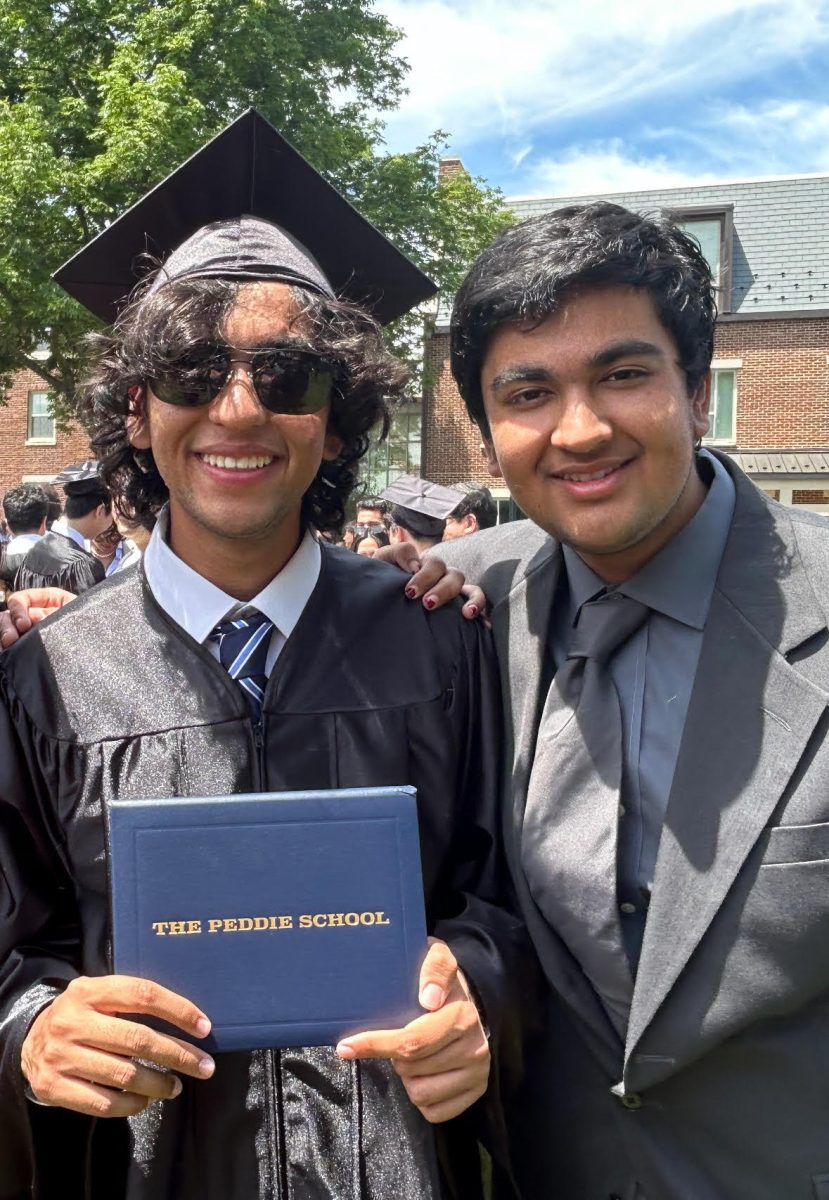
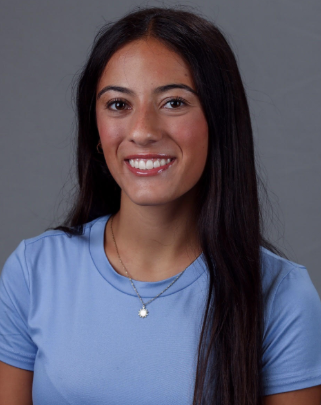
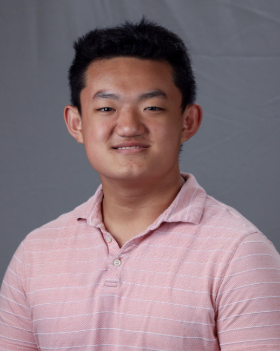
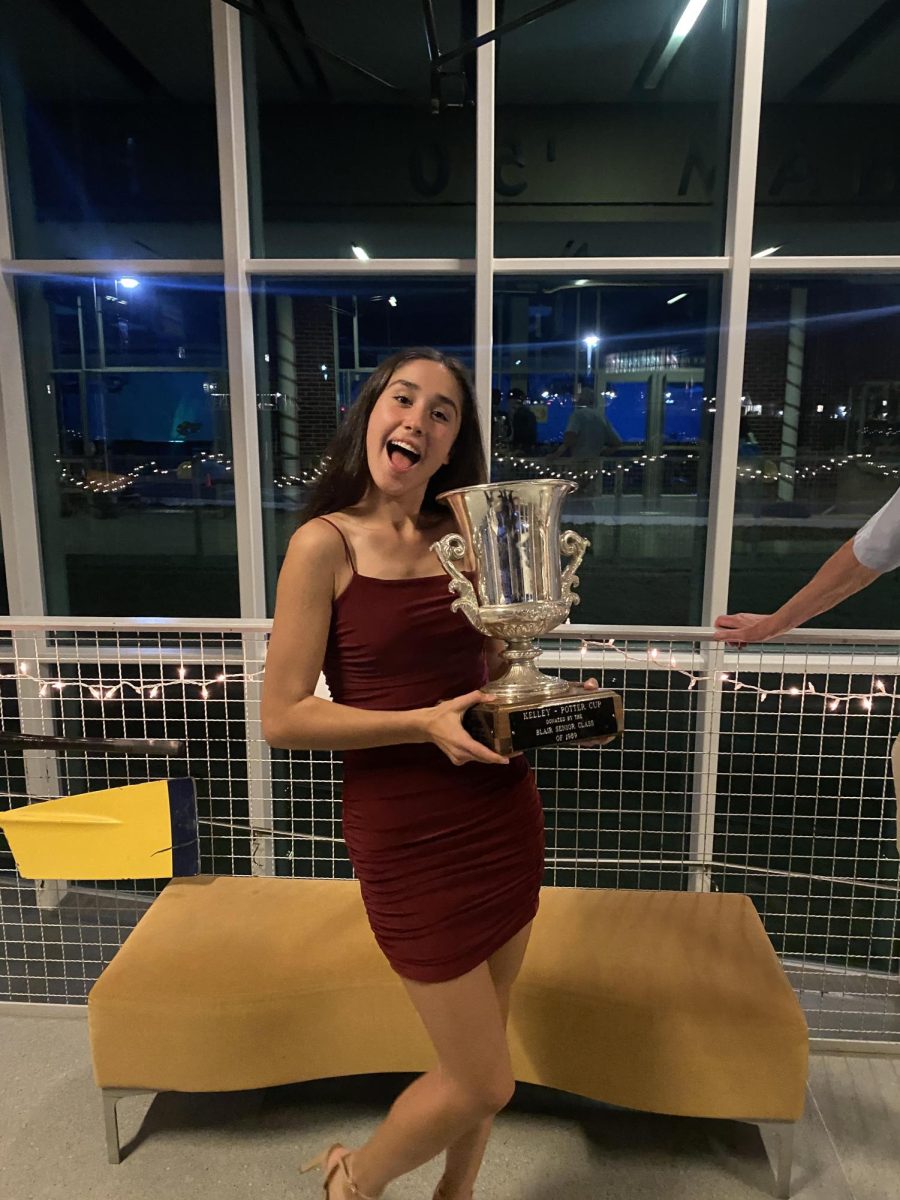
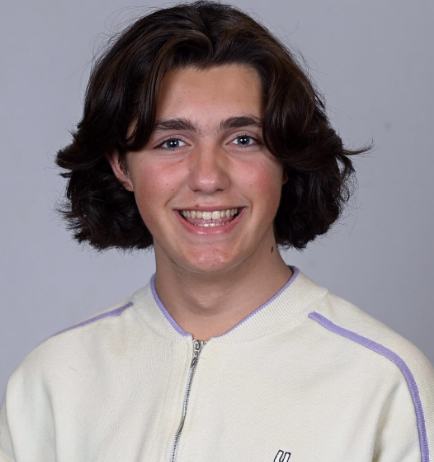
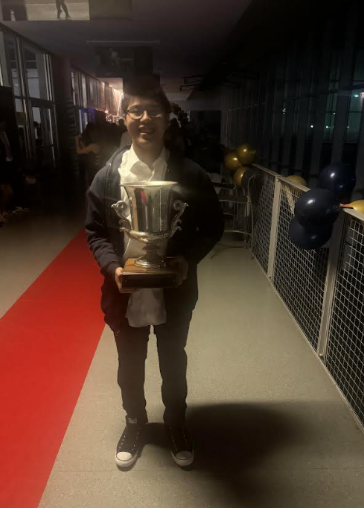






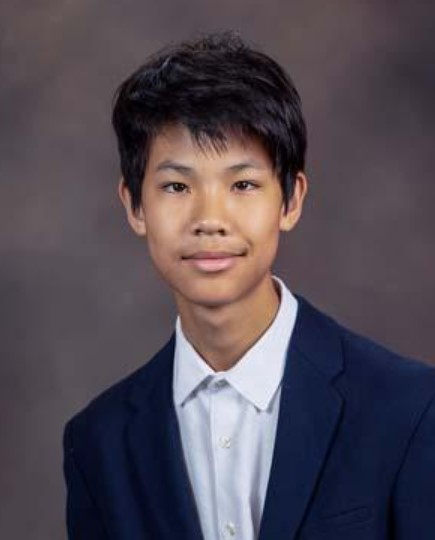
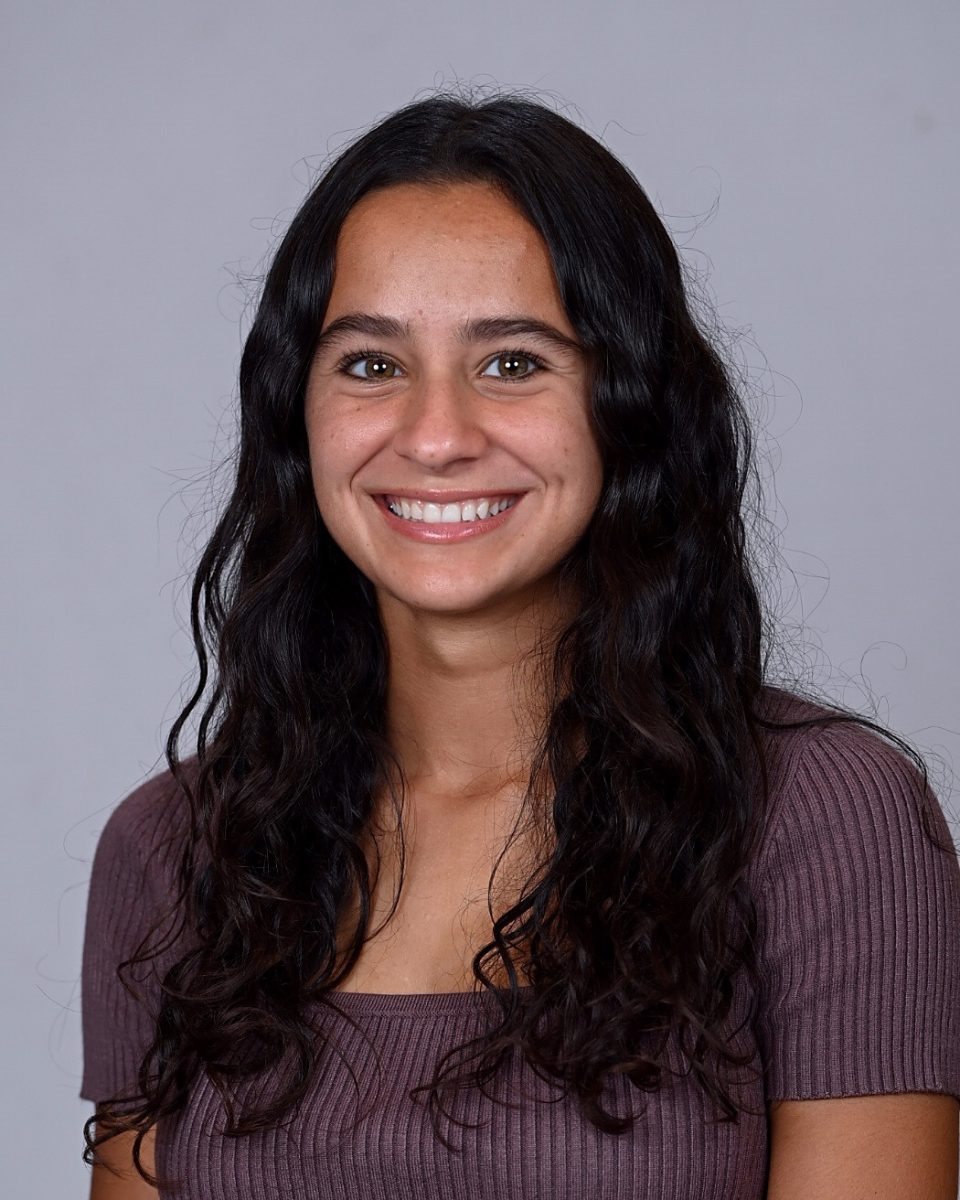



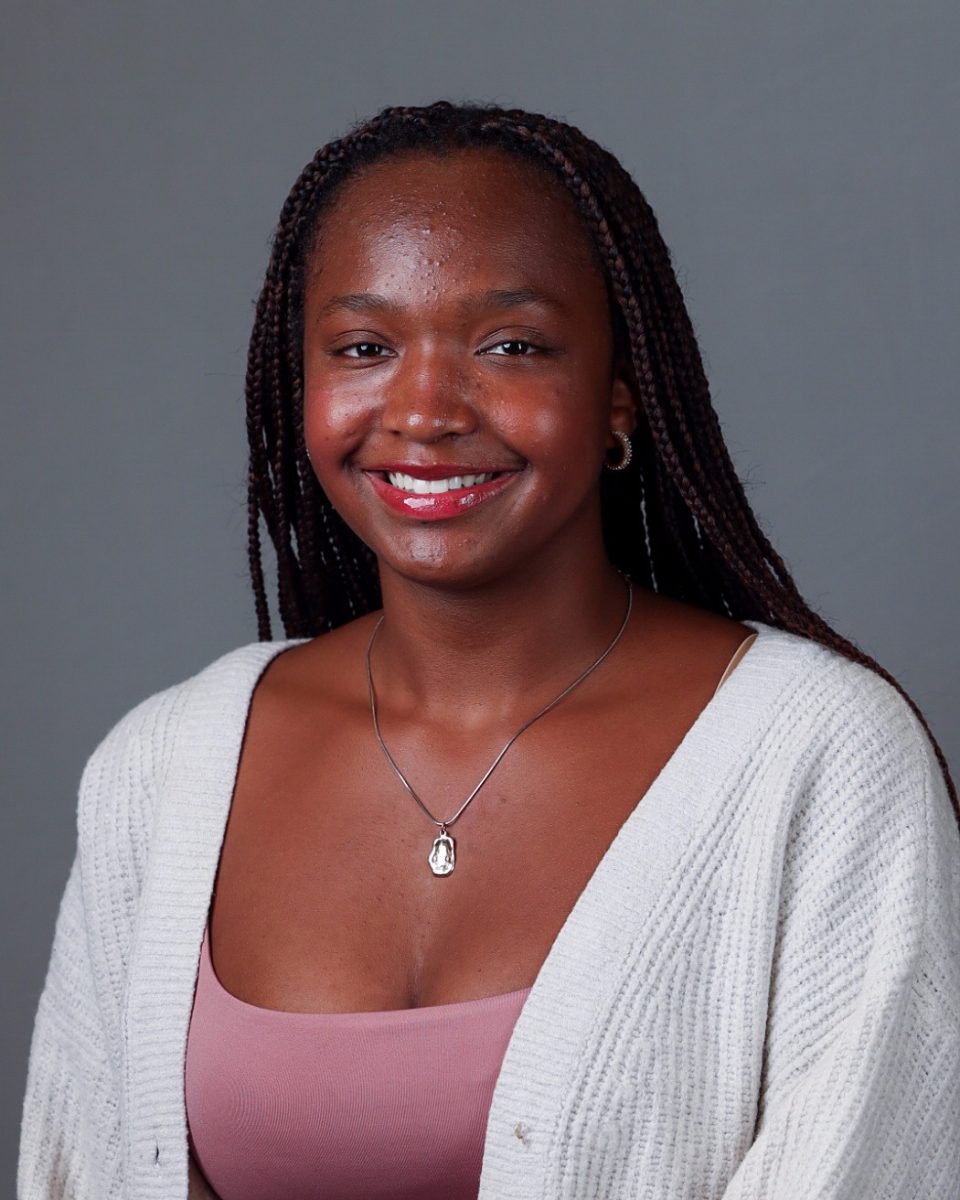
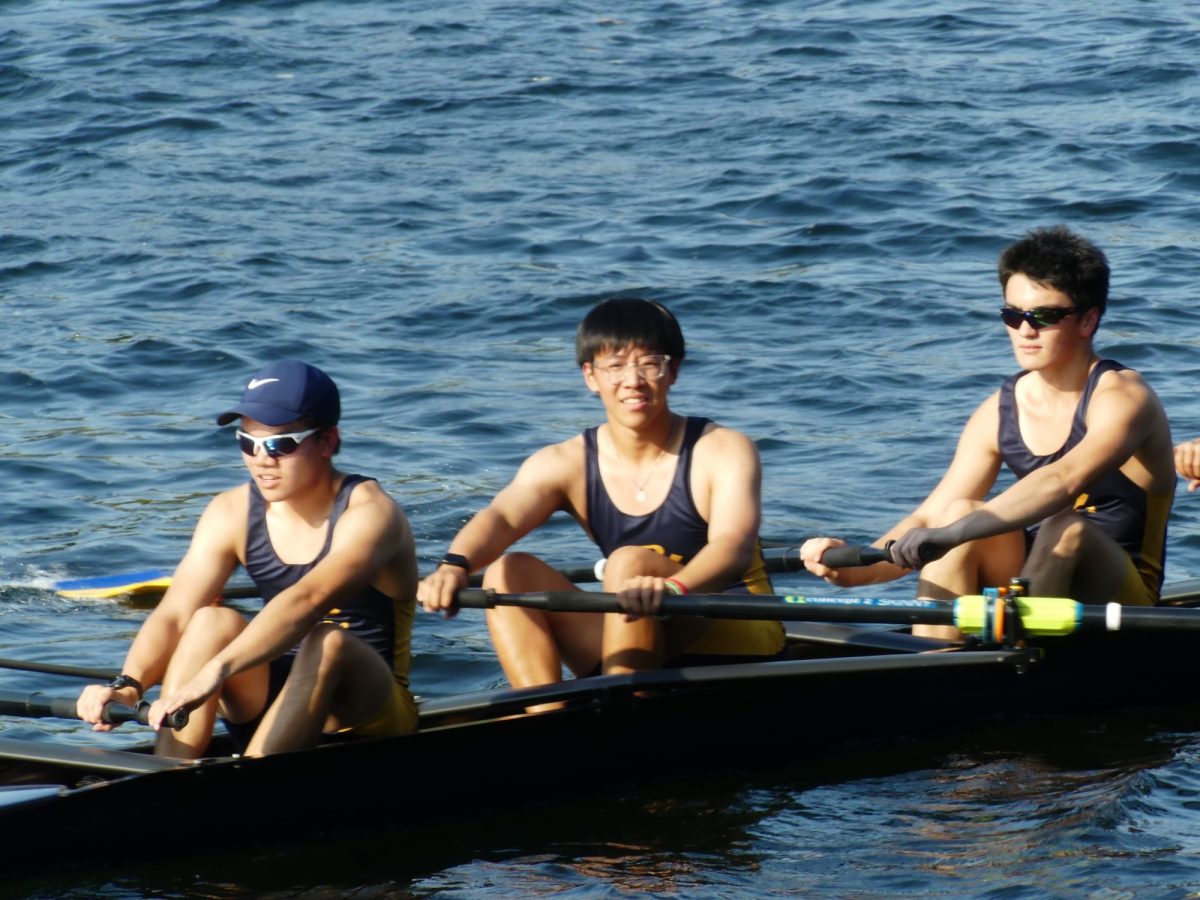
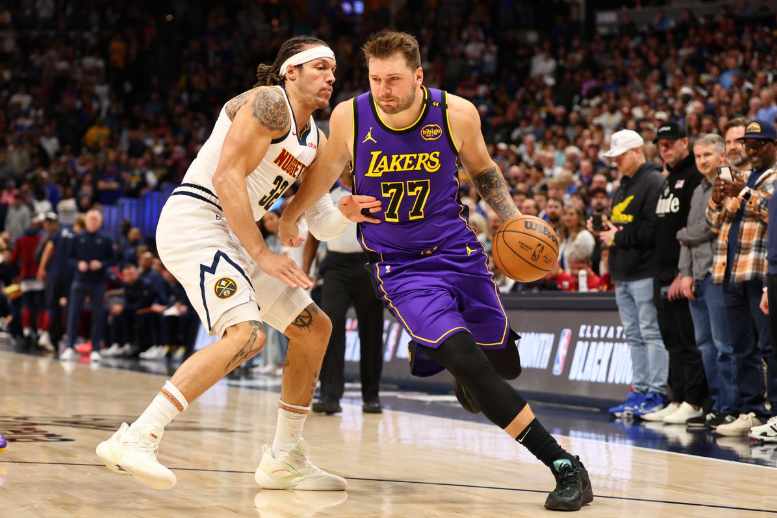

daniel walker • Mar 20, 2025 at 9:12 pm
great article Tevin!